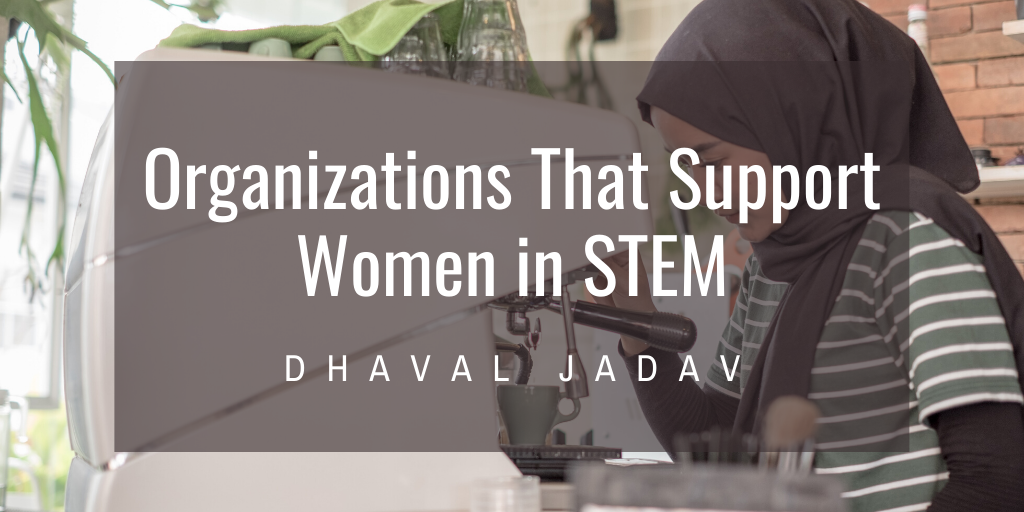While women make up nearly half of the U.S. workforce, they make up only a quarter of people who work in STEM. Only twelve percent of female college graduates have a Bachelor of Science, and less than three percent of women continue to work in STEM after ten years. The repercussions of such disparities are felt throughout society, and the lack of female representation in STEM can impact the quality of the work being done. This is as true in medicine as it is in AI. Because of this growing call for diversity in STEM, a number of organizations that have made it their mission to turn the tide.
Women in Engineering ProActive Network
Women in Engineering ProActive Network (WEPAN) The mission of this organization is to transform the engineering culture to make it a more female-friendly field. They work with women pursuing engineering degrees on over 150 campuses to help mentor, support and encourage women in engineering. According to the organization’s website, “WEPAN is driven by the conviction that engineering must fully embrace diversity and inclusion to meet the demands of today’s innovation and performance-driven business culture.”
Scientista
The Scientista Foundation defines itself as a cornerstone for collegiate women in STEM. Started by sisters and then-Harvard students Julia and Christina Tartaglia, Scientista encourages women in STEM to unite, learn, and succeed. Participating campuses run their own chapters and blogs, where students can write about their experiences as women interested in science and technology. The umbrella organization helps participants by providing funding, mentorship, and access to job opportunities.
Association for Women in Science
The Association for Women in Science (AWIS) is devoted to creating structural and systemic change in the sciences to allow for diversity and equality. The organization researches and develops solutions for the barriers that prevent women from pursuing or excelling in STEM. In addition, AWIS creates policies and advocates for change to ensure fairness in the workplace and encourage women to pursue STEM careers.
National Girls Collaborative Project
The National Girls Collaborative Project aims to increase the number of girls pursuing careers in STEM while also improving the quality of their STEM education. To accomplish this, the organization offers resources for young girls interested in science, technology, engineering, and mathematics. Using a network of collaboration across 39 states, the group holds several meetings and connects girls with common STEM-related interests.

